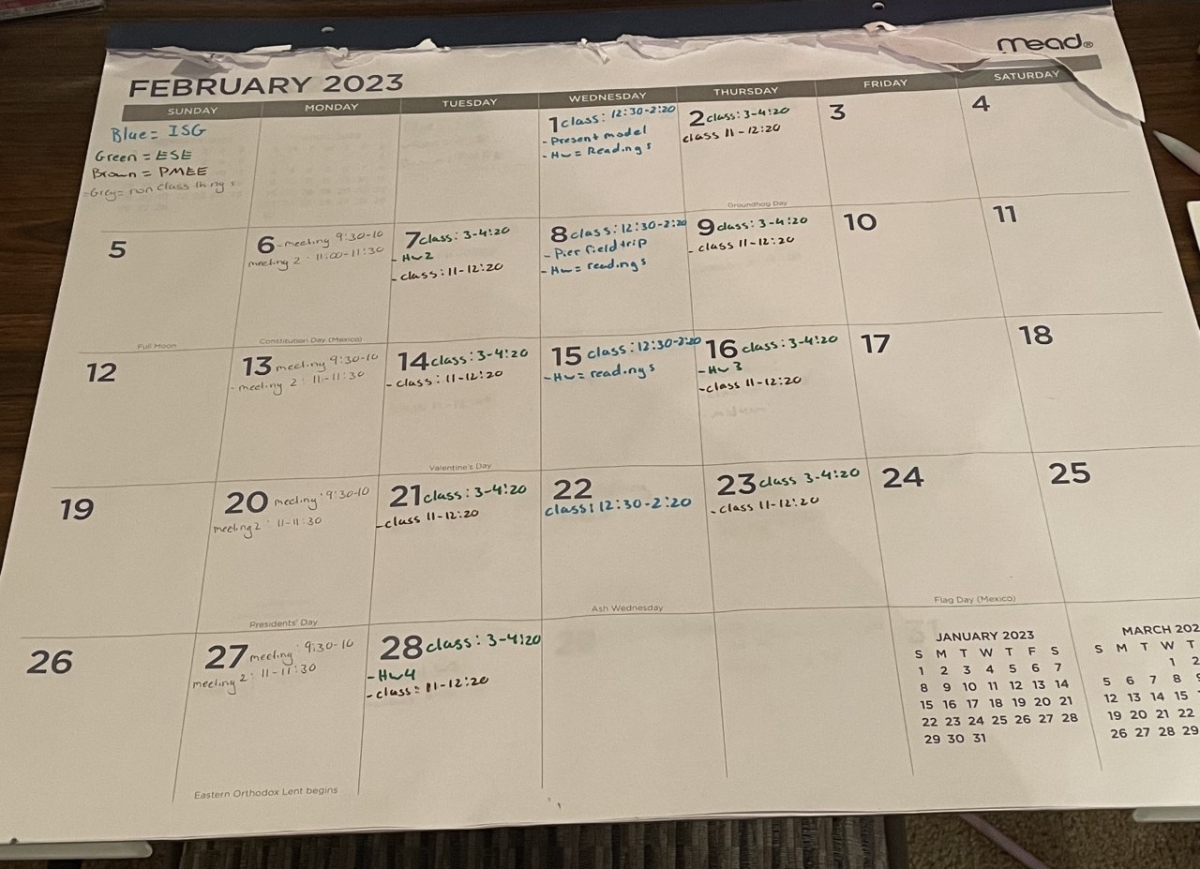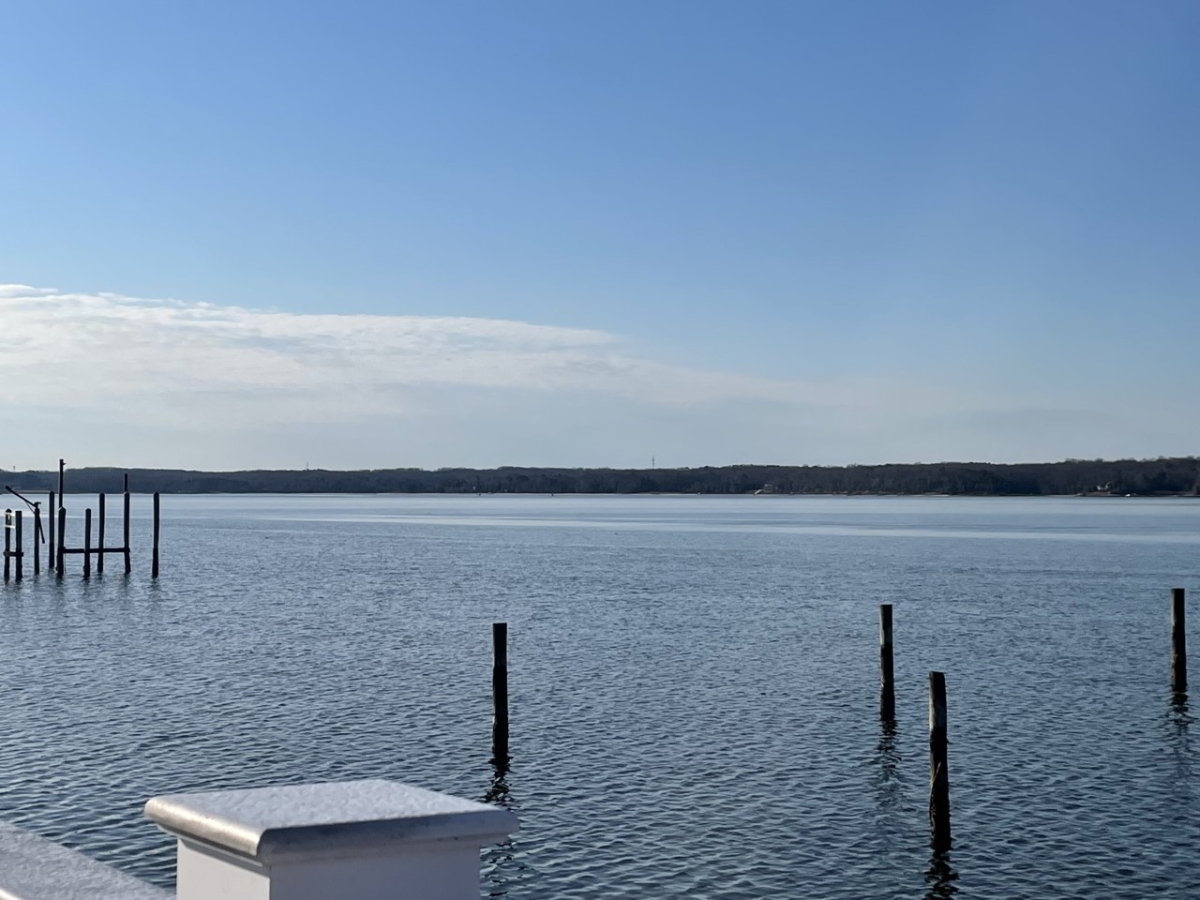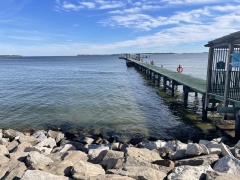Knauss legislative fellowships in Congress help build careers — and they're fun and educational. See our video and fact sheet for details.
Breaks, calendars, and proposals: Tips for surviving the first semester of graduate school
One of the most exciting parts of 2022 was learning I would be following my dreams of getting a master’s degree. It was another quiet day of studying for finals down in my apartment when I finally got the email. The email was a great studying break, and I sighed in relief. I knew a direct transition from undergraduate to graduate school would be challenging, but I was still in a school-focused mindset. Despite my first semester being difficult, I learned more about my capabilities and knew I had found the program for me. Throughout my first semester there were three main challenges I faced: finding a balance of work time and down time, developing my project proposal, and trying to establish networks within my campus.
During my first semester I took 10 credits, which was overwhelming. I found myself constantly working and struggling to manage my time. After three weeks, that pace was no longer sustainable for me. I bought a giant desk calendar, sat down, wrote every assignment due date down, and began to craft a schedule. I would stop doing schoolwork at 5:30 p.m. if the assignments due that night were complete. While I was on campus, I would take a short break every couple of hours and go for a walk. My campus, the University of Maryland Center for Environmental Science’s Chesapeake Biological Laboratory, is located is located along the Patuxent River and provides a relaxing, scenic walk.

I didn’t intend to start my proposal until the second semester, but I am extremely grateful my advisor pushed for it to be completed by the end of the first semester. I had no experience with modeling coming into graduate school, but now, my entire project was focused on modeling. Writing my proposal in my first semester helped me begin to understand the modeling process and established better communication between my advisor and me. He was more than willing to sit down with me and draw out the different components of the model to increase my understanding of it. This also helped me to focus on what type of scenarios I wanted to run with the model and how I planned to analyze my results. Because of this, I could begin my research with a road map in mind instead of starting my research and then writing a proposal.
While mastering a new schedule and completing my proposal, establishing a network was key, but can still be challenging in a post-COVID world. All the classes at my university are offered on Zoom, but even when classes were at my campus, no one would go in person. This made it hard to meet people and get to know them, since everyone was a black screen with a name on Zoom. However, the Truitt Building came up with a great idea. Every Tuesday, there would be a small coffee and pastry break. This was a great way to meet everyone and put names on the faces of my fellow classmates, whom I had only met on Zoom. I was able to meet people and gather advice on how they worked through their first semester. It was a built-in break to help keep me on track with time management.

Overall, the first semester can be exciting but also overwhelming. Don’t be afraid to step away and taking breaks when you find yourself overwhelmed. Figuring out a schedule and developing time-management strategies will take time, so have patience. Don’t be too hard on yourself if something doesn’t work right away. Don’t be afraid to ask for help and advice from others and your advisor. Be sure to go to the events held by your campus, no matter how small they are. It’s a great way to meet people and establish connections, which can help you down the line. Finally, don’t be afraid to start your proposal, since it will help you organize your research goals and expectations.
Upper left image: A view of the monitoring pier at the UMCES Chesapeake Biological Laboratory on the Bay. Credit: Allison Dreiss
See all posts to the Fellowship Experiences blog

